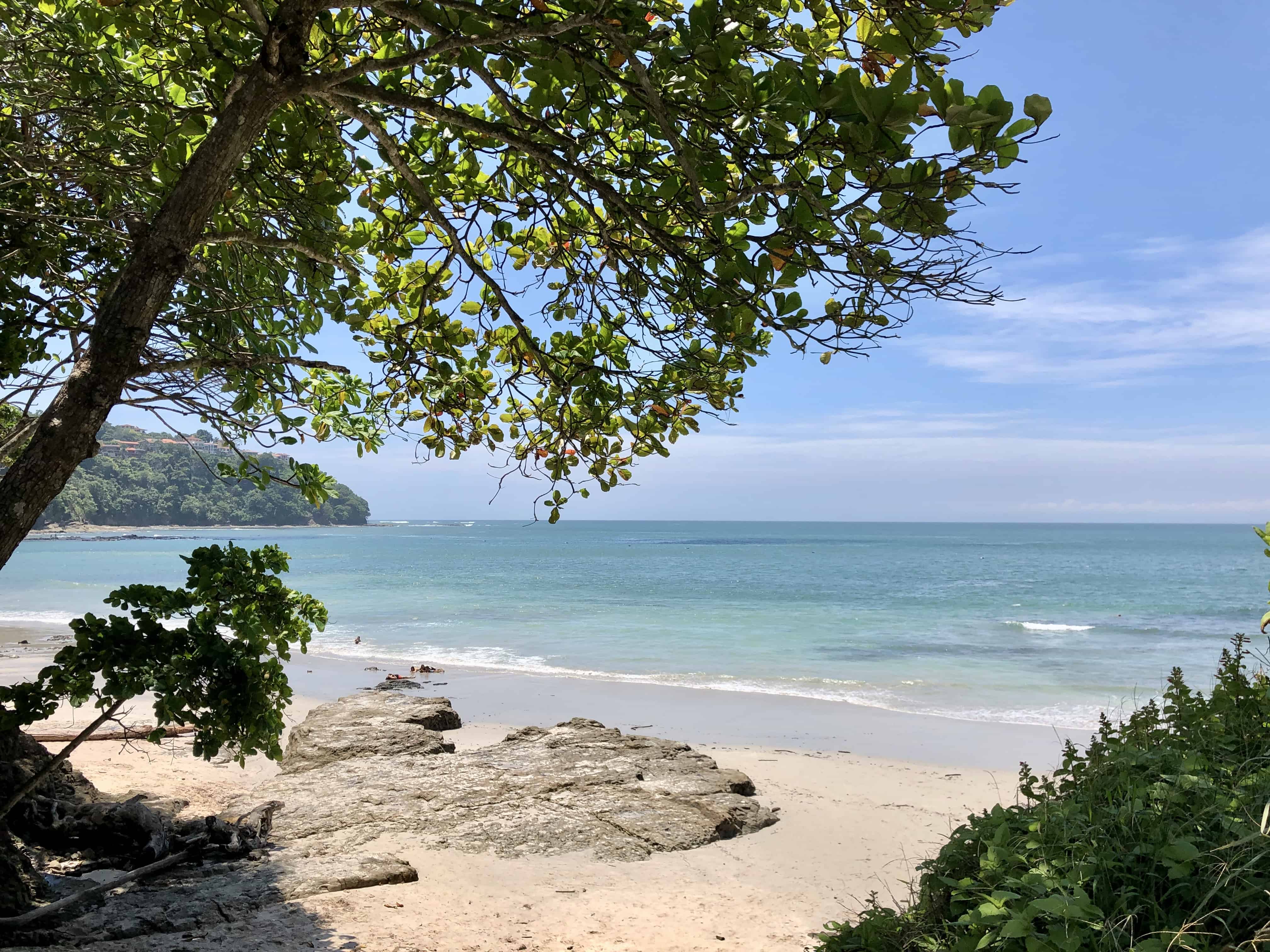A push to keep Costa Rica’s beaches open to everyone took a step forward last week when a legislative committee approved a bill requiring at least three public entry points for each coastal area. The measure, now headed to the full Assembly for debate, targets barriers that have quietly restricted access despite beaches being public property under the constitution.
Introduced by Frente Amplio representative Ariel Robles, the legislation sets clear rules for access routes, signs, and features that make beaches reachable for people with disabilities. It builds on existing laws that declare beaches as public spaces but often fall short on enforcement, leaving locals and visitors to navigate obstacles like rocky paths or private developments blocking the way.
Robles pointed to spots like Playa Blanca in Puntarenas and Herradura, where natural hurdles and development have made it tough for people to reach the shore safely. “This addresses a long-standing issue,” he said in discussions around the bill. “We need order so everyone can share these spaces without conflict.”
The bill comes amid growing talk of gentrification reshaping coastal communities. Foreign investment and upscale projects have sparked concerns that public lands are slipping into private hands through indirect means, like limiting pathways. The Constitutional Court has stepped in multiple times, ruling that safe access must be provided, but supporters say the new rules would make that a standard practice.
Under the proposal, known as file 24.413, each access point gets a public label with the beach’s official name from the National Geographic Institute. Land routes would follow public roads with a minimum 14-meter right-of-way, or wider if transport authorities require it. Roads must allow vehicle access up to restricted zones and safe walking paths to the beach itself.
The measure also mandates compliance with the 1996 Equal Opportunities for Persons with Disabilities Act, ensuring ramps, clear paths, and other adaptations. A national registry of beaches and access points would go public, letting anyone check details online.
Frente Amplio’s Katherine Moreira, who backs the bill, called it a response to broader shifts. “Gentrification hits communities across the country,” she explained. “As lawmakers, we have to step up and protect what belongs to all Costa Ricans.”
This isn’t the party’s first swing at coastal issues. Earlier efforts tied to water rights aimed at similar goals, fighting privatization trends. The beach access bill adds five specific steps for private developments near shores, requiring them to maintain public paths without interference.
Environmental groups and local advocates have welcomed the progress. In places like Guanacaste and the Central Pacific, where tourism booms, residents report paths vanishing behind resorts or gated areas. The bill’s backers argue it restores balance, letting development happen while keeping beaches democratic.
If passed, the law would task state agencies and municipalities with mapping and maintaining these accesses. Penalties for non-compliance aren’t detailed yet, but the focus remains on prevention through clear guidelines.
The Comisión de Ambiente gave the bill a positive nod on Friday, clearing it for plenary sessions. With the Assembly’s agenda packed, timing for a vote remains unclear, but Robles and allies plan to rally support.
Costa Rica’s 1,200 kilometers of coastline draw millions yearly, fueling an economy reliant on tourism. Yet, as pressures mount from climate change and growth, questions of who benefits loom large. This bill signals a move to put locals first, affirming that our beaches stay for everyone.






